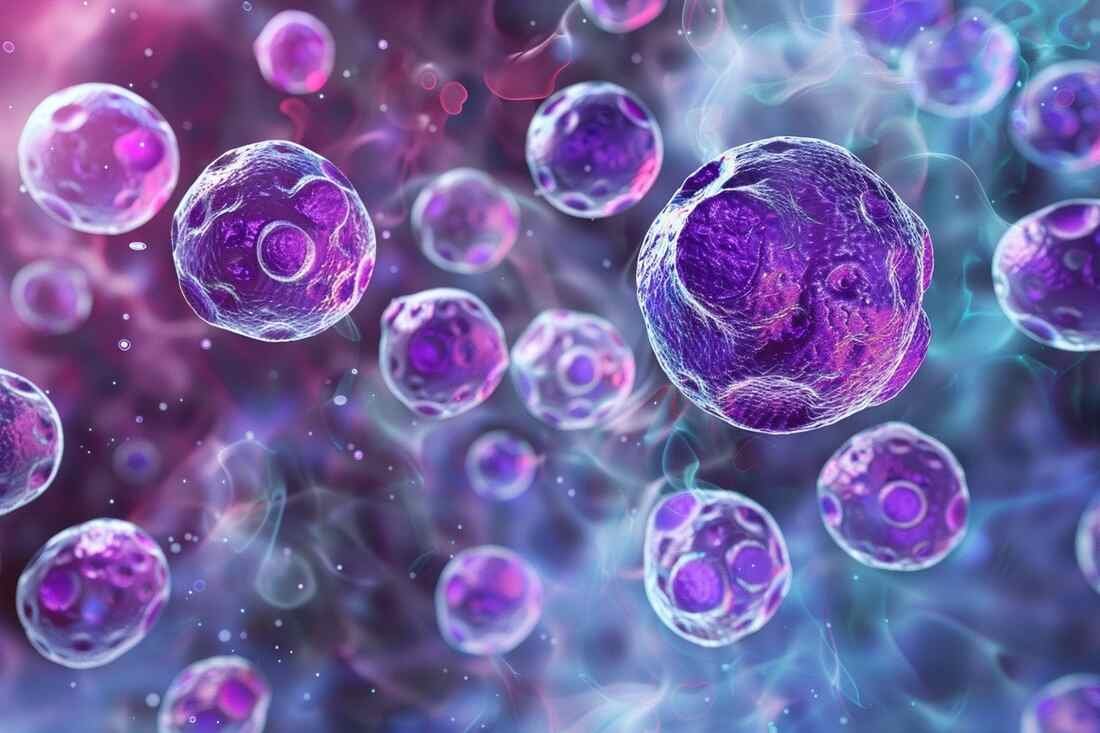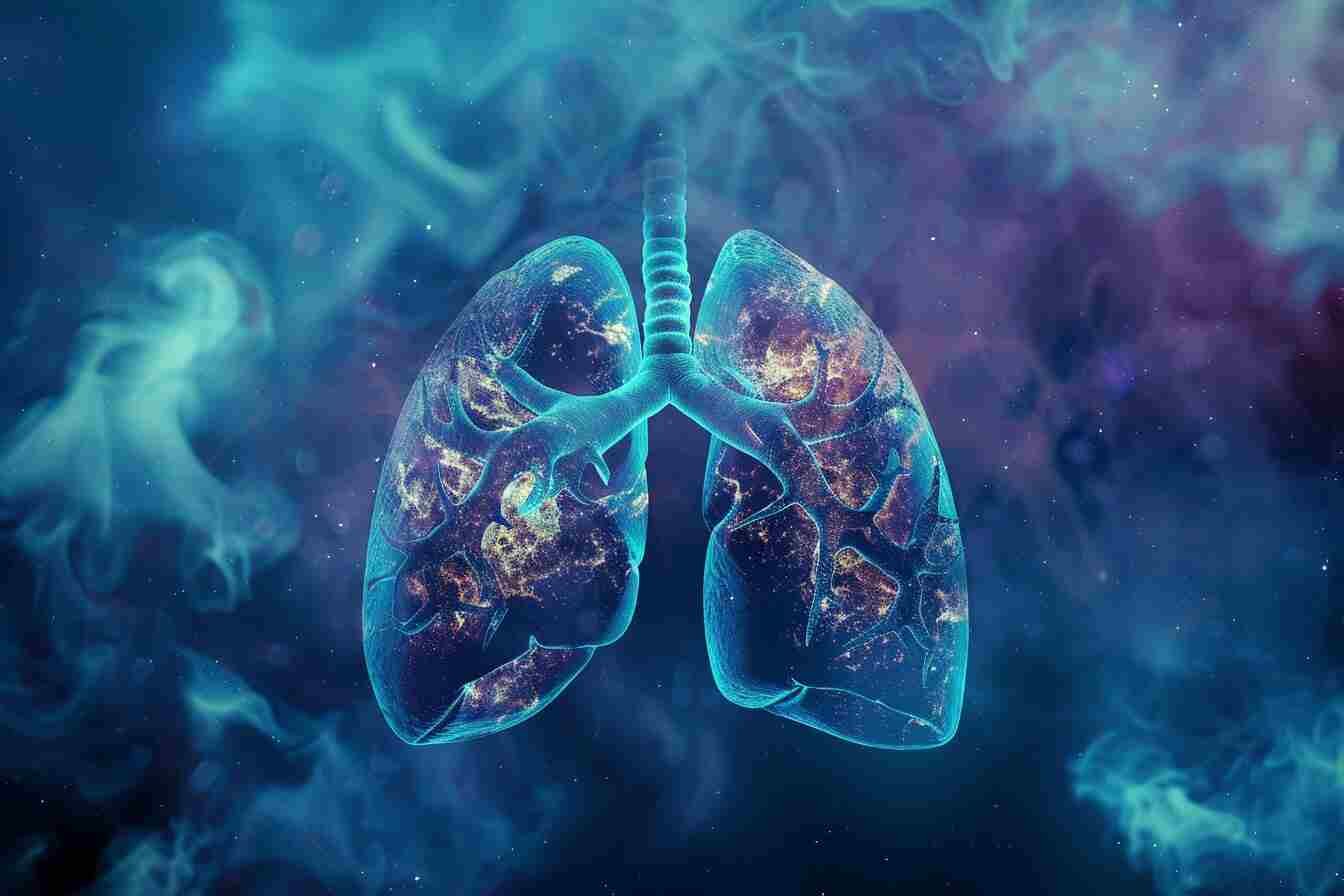Dangers of Pesticide Residues in Food
Pesticides are used to protect crops from insects, weeds, fungi and other pests. Pesticides are potentially toxic to humans and can have chronic and acute health effects, depending on the level and route of exposure. Dangers of pesticide residues in food is bad for health. Have you asked yourself about some dangers of pesticide residues in food?
They represent a large group of different substances (more than 1000 molecules) in relation to their chemical structure, their mode of action and their target: organochlorines, organophosphates, carbamates, thiocarbamates, pyrethroids… In the general population, food is the main one. Source of exposure to pesticides whereas in farmers (occupational exposure), it is the cutaneous route which is the most important. In young children, oral non-food ingestion (dust, exploratory behavior and orality of children…) is not negligible (INSERM 2013). Pesticide residues can potentially constitute a health risk from consumption.
Pesticide residues in urine or blood? What Does it Mean?
A study in the United States found traces of pesticides in different parts of the body like urine, blood, and even breast milk (CDC 2019). When we take in a pesticide, it spreads all over our body through our blood and stomach fluids. Then, our liver mainly breaks it down with special enzymes, and we get rid of it through poop and pee (and a bit in sweat, spit, and breast milk). Finding these pesticides in our urine or blood means that our body’s cleaning system is doing its job. But it doesn’t automatically mean it’s harming our health. For example, about 20% of glyphosate, a common pesticide, leaves the body through urine.
To really understand if certain levels of pesticides can affect our health, we need more studies. Pesticides are made to manage pests by interfering with important functions like nerves, hormones, or cells. But they can also be harmful to other living things that they aren’t meant for. They might affect reproduction, genes, cause cancer, or mess with hormones (Mostafalou 2013, INSERM 2013). Scientists are looking into if being exposed to small amounts of pesticides for a long time can lead to health problems. That’s why health experts want to keep pesticide residues in our bodies as low as possible.
Understanding THE Most Dangerous Pesticides and Protecting Your Health
Links between pesticide residues and health problems?
Disclaimer: this part is far from exhaustive (We want to avoid writing 300 pages …). The International Cancer Research Center (IARC) evaluated and classified lindane and pentachlorophenol as carcinogenic in October 2016.
“This classification reflects the strength of scientific evidence that an agent causes cancer in humans, but it does not reflect the strength of that agent’s effect on the risk of developing cancer. The types of exposure, the magnitude of the risk, who may be at risk, and the types of cancer related to the agent involved can be very different for different agents. Therefore, comparisons within the same category can be misleading”.
Methodological difficulties in studying exposure to pesticides
Because pesticides can be harmful, it’s not possible to do a study where we intentionally expose people to them to see what happens. That would be too dangerous! Instead, scientists use other methods to figure out the risks. They look at studies done on cells in a lab (in vitro), on animals (in vivo), and observations of people’s health at a specific time (cross-sectional study) or over a long period (longitudinal studies or prospective cohort). These methods help us understand how pesticides might affect our health without putting anyone in direct danger.
Epidemiological studies in agricultural workers: example of the AHS cohort
Most human studies have been carried out on agricultural workers (AHS, Agrican studies) who are a priori much more exposed to pesticides than the general population.
We will present the main results of the American Agricultural Health Study (AHS) cohort on 50,000 farmers, which began in 1993:
- The peasants have fewer diseases than the rest of the population. This may be because they are less likely to smoke and more physically active = risk factors for chronic disease.
- Farmers have a higher risk of developing certain cancers, including prostate cancer with the heavy use of methyl bromide. Pendimethalin and dieldrin, chlorimuron-ethyl, diazinon and parathion, could increase the risk of lung cancer compared to unexposed people (Weichenthal et al. 2010).
- Gloves matter. The use of chemical resistant gloves can reduce exposure to pesticides by 50 to 80%
- Rotenone and paraquat linked to increased use in developing Parkinson’s disease
Allergic asthma in men and women may be associated with the use of certain organophosphate insecticides - Accidental high exposures to pesticides can affect health later in life
- The risk of diabetes and thyroid disease may increase for users of certain organochlorine chemicals
Foods Rich in Potassium (Kalium) | What Foods With Potassium in Them? Good For Heart And Bones
Consume fruits and vegetables, a real health benefit !!
Consuming fruits and vegetables is essential for health. The benefits these foods provide are far greater than the risks associated with the low amounts of pesticide residues they may contain. Fears about using pesticides should not lead you to eat fewer fruits or vegetables. Finally, half of the food samples are often free from quantifiable or detectable pesticides. Over 95% of them are within regulatory limits. The study of exposure to pesticides through food shows that exposure is often lower than the toxicological thresholds and that the health risks remain low.
What to eat to lose body fat? Science-Based Guide with Top 10 Foods
Tips for reducing your exposure to dangers of pesticide residues in food
Wash fruits and vegetables well before consuming them in order to reduce the amount of pesticides on their surface (or even peel them when possible).
Diversify your consumption of fruits and vegetables since the various pesticides possibly present in these foods are in variable quantities.
Consume organic products that contain less residue on average (EFSA 2017). However, certain “natural” pesticides are authorized in organic products (see Annex II of Regulation (EC) No 889/2008) such as kaolin, deltamethrin in some cases, pyrethrins from Chrysanthenum cinenariaefolium, Sulfur, etc.)
These simple precautions can reduce your exposure to certain pesticides while increasing your consumption of fruits and vegetables, a protective factor for many chronic pathologies (cancer, obesity, etc.) (WCRF). Fruits and vegetables are low-calorie foods, sources of vitamins, minerals and antioxidants.
Sources:
PinterPandai, AHS Agricultural Health Study, National Cancer Institute (.gov), Mostafalou S, Abdollahi M. Pesticides and human chronic diseases: evidences, mechanisms, and perspectives. Toxicol App/ Pharmacol 2013 Apr 15;268(2):157-77.
Department of Health and Human Services, Center of Disease Control and Prevention, Fourth National Report on Human Exposure to Environmental Chemicals Updated Tables, January 2019, Volume One
EFSA (European Food Safety Authority), 2018. The 2016 European Union reporton pesticide residues in food. EFSA Journal 2018;16(7):5348, 139 pp
EFSA PPR Panel. Scientific Opinion of the PPR Panel on the follow-up of thefindings of the External Scientific Report‘Literature review of epidemiological studieslinking exposure to pesticides and health effects’. EFSA Journal 2017;15(10):5007, 101 pp
ANSES. Étude de l’alimentation totale française 2 (EAT 2) Tome 2. Résidus de pesticides, additifs, acrylamide, hydrocarbures aromatiques polycycliques. Juin 2011 https://www.anses.fr/fr/system/files/PASER2006sa0361Ra2.pdf
Yu-Han Chiu et al. Association Between Pesticide Residue Intake From Consumption of Fruits and Vegetables and Pregnancy Outcomes Among Women Undergoing Infertility Treatment With Assisted Reproductive Technology. JAMA Intern Med. 2018 Jan; 178(1): 17–26
Nougadère, A.,et al. Leblanc, J.-C. (2012). Total diet study on pesticide residues in France: Levels in food as consumed and chronic dietary risk to consumers. Environment International, 45, 135–150.doi:10.1016/j.envint.2012.02.001
DGCCRF. Contrôle des résidus de pesticides dans les denrées végétales. Mars 2017 https://www.economie.gouv.fr/dgccrf/controle-des-residus-pesticides-dans-denrees-vegetales#N3
Weichenthal et al. A Review of Pesticide Exposure and Cancer Incidence in the Agricultural Health Study Cohort. Environ Health Perspect. 2010 Aug; 118(8): 1117–1125.
Photo credit: Pxfuel



